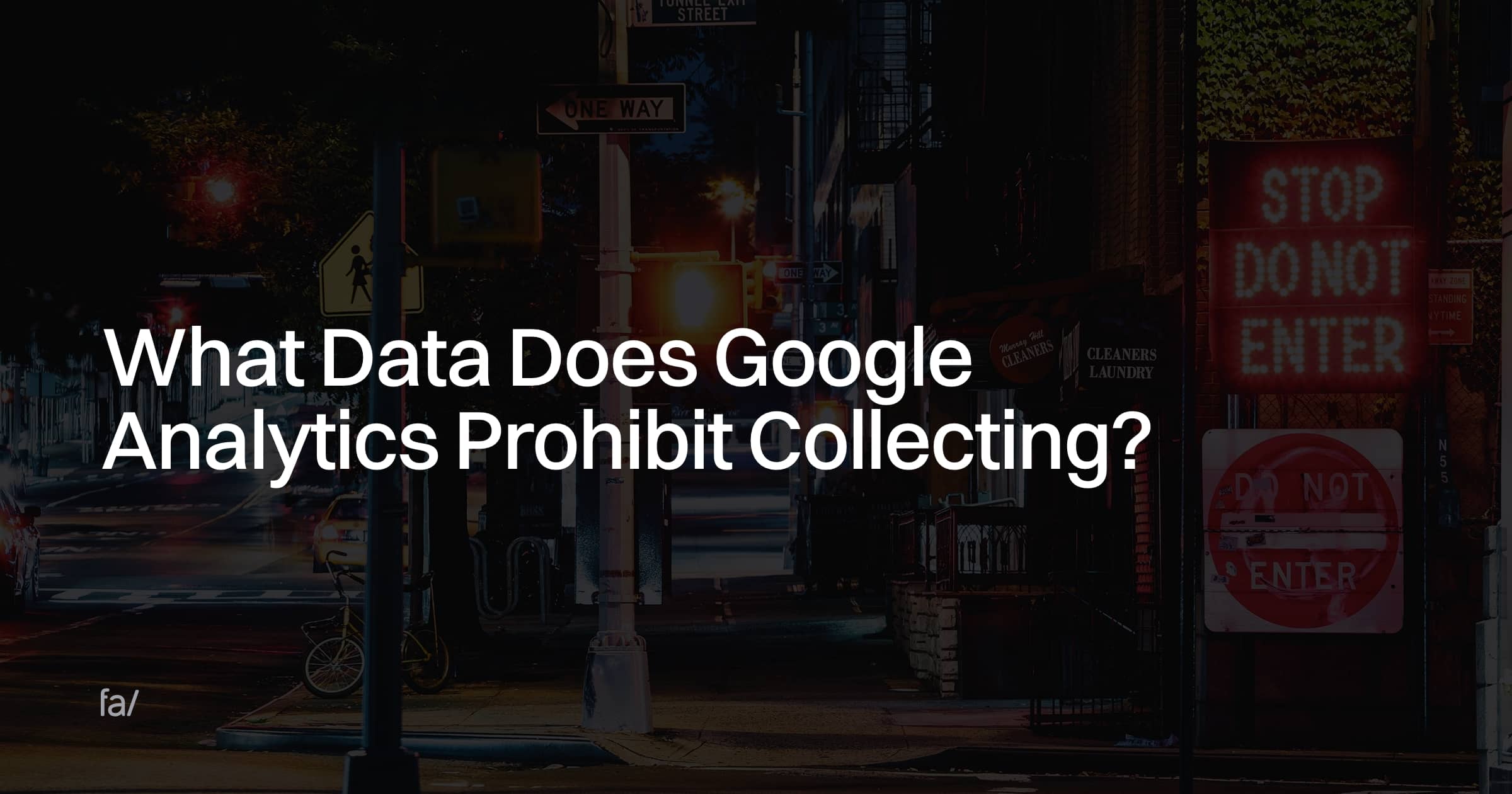Grasping the Art of Overcoming Information Collection Limitations in Google Analytics for Better Decision-Making
In the world of electronic analytics, the ability to essence meaningful insights from information is vital for educated decision-making. By using critical techniques and innovative strategies, companies can elevate their information top quality, unlock hidden understandings, and pave the means for more reliable and enlightened choices.
Data Top Quality Assessment
Evaluating the top quality of data within Google Analytics is a crucial action in making sure the integrity and precision of insights stemmed from the accumulated information. Data top quality assessment includes examining numerous facets such as precision, efficiency, uniformity, and timeliness of the data. One vital aspect to consider is data accuracy, which refers to how well the data shows the real worths of the metrics being determined. Imprecise information can bring about faulty conclusions and misguided company decisions.
Completeness of information is one more important factor in assessing information top quality. Consistency checks are also crucial in data top quality evaluation to identify any kind of inconsistencies or anomalies within the information set. By focusing on data top quality assessment in Google Analytics, services can boost the dependability of their analytics records and make more educated choices based on accurate insights.
Advanced Monitoring Strategies
Utilizing advanced monitoring methods in Google Analytics can substantially enhance the deepness and granularity of information gathered for more detailed evaluation and insights. One such method is occasion monitoring, which enables the tracking of certain communications on a website, like clicks on buttons, downloads of documents, or video clip sights. By implementing event tracking, services can obtain a deeper understanding of user behavior and interaction with their on-line content.
Furthermore, personalized dimensions and metrics supply a means to customize Google Analytics to details business needs. Custom dimensions enable the development of new data points, such as user roles or customer segments, while customized metrics enable the tracking of unique performance indicators, like revenue per user or average order worth.
In addition, the application of Google Tag Supervisor can improve the execution of monitoring codes and tags throughout a site, making it simpler to handle and deploy innovative monitoring arrangements. By using these advanced tracking methods, services can unlock beneficial insights and maximize their on-line approaches for much better decision-making.
Custom-made Measurement Application
To enhance the depth of information gathered in Google Analytics beyond innovative monitoring strategies like event tracking, organizations can carry out customized dimensions for more tailored insights. Personalized measurements allow companies to define and gather certain information factors that pertain to their special objectives and goals (What Data Does Google Analytics Prohibit Collecting?). By assigning custom measurements to different components on a site, such as customer communications, demographics, or session information, companies can acquire an extra granular understanding of exactly how customers engage with their on-line buildings

Acknowledgment Modeling Techniques
Efficient attribution modeling is crucial for understanding the impact of different marketing channels on conversion courses. By using the best acknowledgment model, services can properly attribute conversions to the proper check here touchpoints along the consumer trip. One typical attribution design is the Last Communication version, which gives credit rating for a conversion to the last touchpoint a customer communicated with prior to converting. While this design click over here is straightforward and easy to implement, it commonly oversimplifies the customer journey, ignoring the impact of various other touchpoints that added to the conversion.

Data Sampling Evasion
When managing huge volumes of data in Google Analytics, overcoming data tasting is important to make sure precise understandings are acquired for notified decision-making. Data tasting happens when Google Analytics estimates patterns in information instead of examining the complete dataset, possibly causing skewed results. To stay clear of data sampling, one reliable technique is to decrease the day variety being examined. By concentrating on much shorter time frameworks, the chance of running into tasted data declines, offering a more specific depiction of user actions. Additionally, making use of Google Analytics 360, the premium variation of the platform, can aid reduce tasting as it permits greater data limits before tasting begins. Implementing filters to limit the data being examined can also help in staying clear of sampling concerns. By taking these positive actions to reduce information tasting, companies can remove much more exact insights from Google Analytics, causing far better decision-making and enhanced total performance.
Verdict
To conclude, mastering the art of conquering information collection constraints in Google Analytics is vital for making informed decisions. By conducting an extensive information top quality analysis, applying advanced monitoring techniques, utilizing custom dimensions, employing attribution modeling techniques, and preventing data sampling, businesses can guarantee that they have visit this site right here accurate and reputable data to base their decisions on. This will ultimately lead to more effective strategies and better end results for the company.

Comments on “Insider's Sight: What Data Does Google Analytics Prohibit Collecting?”